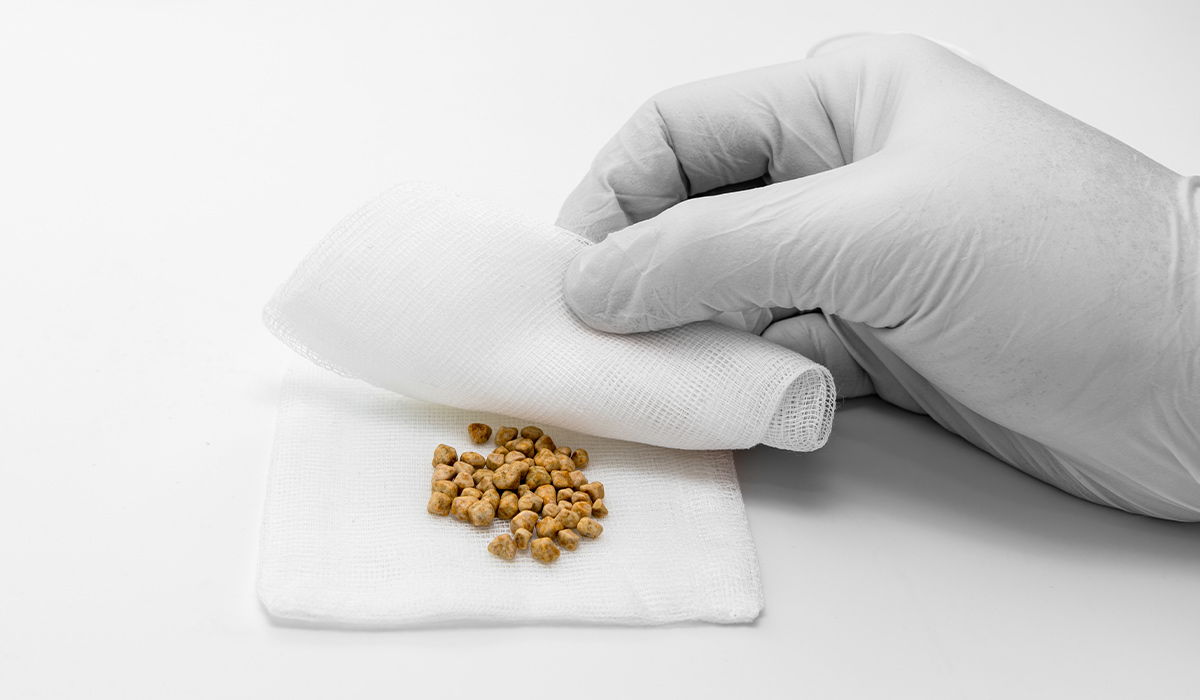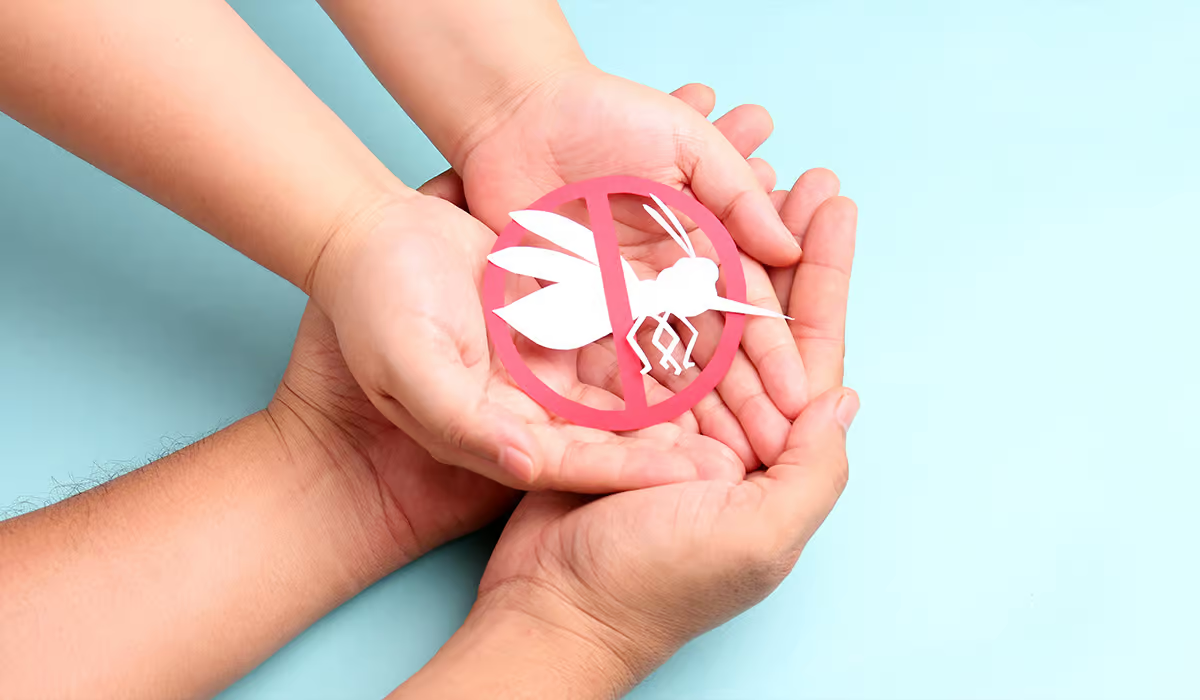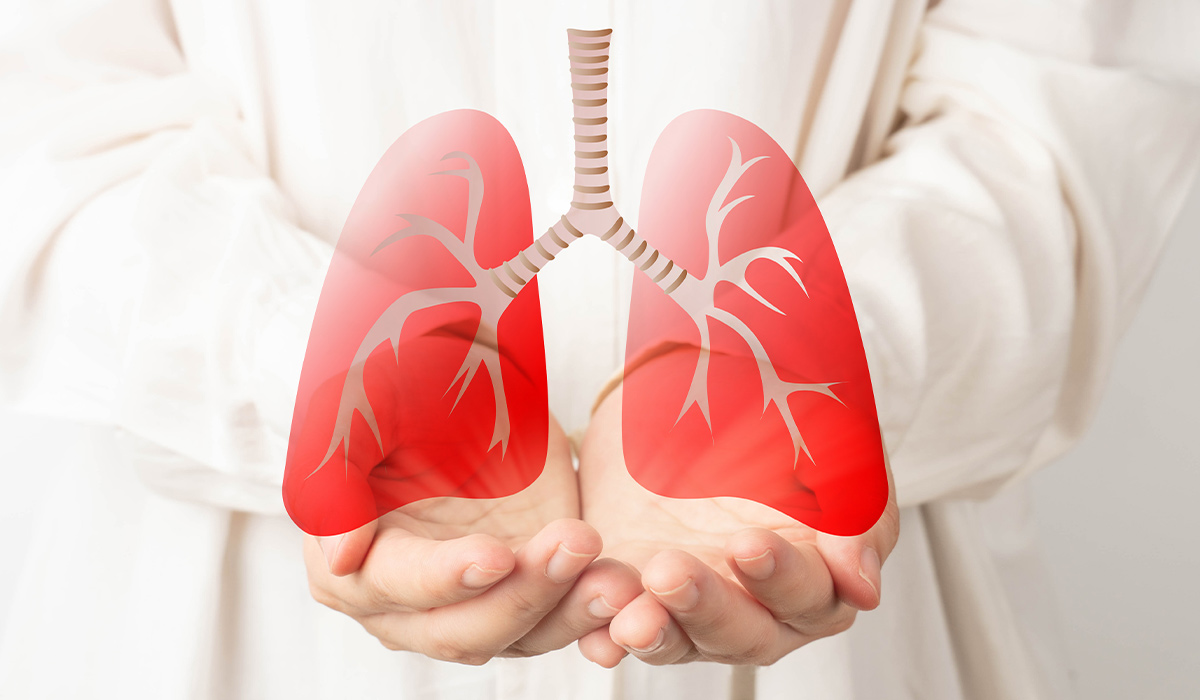- Living – Capable of functioning independently in the human body or temporarily outside it
- Non-living – Non-living disease-causing agents include viruses and prions
- Bacteria
- Viruses
- Fungi
- Protozoa
- Worms
- Gram-positive – their wall is thick and composed of several layers
- Gram-negative – their wall is thin, made of one layer
- Streptococcus
- Staphylococcus
- Escherichia coli
- Chlamydia trachomatis
- Bordatella pertussis
- Salmonella
- Common cold
- Respiratory conditions
- Diarrhea
- Sexually transmitted diseases
- Urinary tract infections
- Skin infections
- Hepatitis
- Candidiasis – Infection of skin and mucous membranes caused by fungi called Candida albicans. These fungi are responsible for oral thrush, vaginal yeast infections, some kinds of diaper rash, and esophageal yeast infections.
- Ringworm – Fungi infection affecting the skin, hair, nails, and scalp.
- Histoplasmosis – A fungal pathogen called Histoplasma causes an infection that affects the lungs, brain, and other body parts.
- Aspergillosis – A mold called Aspergillus causes several kinds of lung infections.
- Malaria – An infection carried by mosquitos that humans can get from their bite. Its symptoms may appear even several months after infection. If diagnosed late or improperly treated, it may be life-threatening.
- Toxoplasmosis – A disease caused by the protozoan Toxoplasma gondii. Humans become infected with toxoplasmosis mainly by eating oocysts, which are shed in the feces of infected cats. If a woman contracts toxoplasmosis during or shortly before pregnancy, there is a risk of the parasite passing through the placenta to the fetus and causing congenital toxoplasmosis.
- Giardia is a disease caused by the parasite Giardia, transmitted through water, food, and contact with feces. It affects the small intestine, causing intestine infection and diarrhea.
- Threadworms (tiny worms that cause itchy bottom and can be found in the poo)
- Tapeworms
- Whipworms
- Hookworms
- Droplets or air particles—Infected persons spread pathogens when they sneeze, cough, or talk through droplets of saliva. The virus SARS-Cov-2 is an example of a pathogen that spreads that way.
- Blood and tissue – Transmission through blood may occur, for example, via needlestick injuries. The Hepatitis B virus is transmitted that way.
- Contaminated water and food—This transmission type is common in areas with poor hygiene conditions. An example of this transmission method is a bacteria called Salmonella typhi, which causes typhoid fever.
- Direct contact—Pathogens are transported between infected and healthy people through direct physical contact. The herpes simplex virus (HSV), which causes lip and genital herpes, is transmitted that way.
- Throat pain
- Swallowing problems
- Tiny red dots at the back of the roof of the mouth
- Swallowed tonsils with white pus on them
- Fever
- Rash
- Skin infections – Staph can cause boils, a pocket of pus developing in hair follicles or oil glands. Another type of skin infection is impetigo, a painful rash with a honey-colored crust.
- Food poisoning—If Staphylococcus bacteria are present in the food, they can multiply and produce toxins. After consuming contaminated food, they can cause diarrhea, vomiting, and dehydration.
- Bacteremia – When bacteria enter the bloodstream, causing an infection in the blood, it is called bacteremia. It may cause fever and low blood pressure and may be life-threatening.
- Toxic shock symptoms—Some staph bacteria can produce toxins, which may cause life-threatening toxic shock symptoms in the body.
- Severe, productive cough
- High fever
- Wheezing
- Increased breathing rate (tachypnea)
- Lack of appetite
- Symptoms of dehydration – less urine
- Apathy – reduced activity of the child
- Fever
- Shortness of breath
- Coughing
- Fatigue
- Muscle aches
- Loss of taste or smell
- Sore throat
- Nausea and vomiting
- Diarrhea
- Headache
- Escherichia coli (the most typical causative agent)
- Candida (fungi)
- Klebsiella
- Pseudomonas
- Burgess SL, Gilchrist CA, Lynn TC, Petri WA Jr. Parasitic Protozoa and Interactions with the Host Intestinal Microbiota. Infect Immun. 2017 Jul 19;85(8):e00101-17. doi: 10.1128/IAI.00101-17. PMID: 28584161; PMCID: PMC5520446.
https://www.ncbi.nlm.nih.gov/pmc/articles/PMC5520446/ - Patel HB, Soni ST, Bhagyalaxmi A, Patel NM. Causative agents of urinary tract infections and their antimicrobial susceptibility patterns at a referral center in Western India: An audit to help clinicians prevent antibiotic misuse. J Family Med Prim Care. 2019 Jan;8(1):154-159. doi: 10.4103/jfmpc.jfmpc_203_18. PMID: 30911498; PMCID: PMC6396617. https://www.ncbi.nlm.nih.gov/pmc/articles/PMC6396617/
- National Library of Medicine (NIH) Molecular Biology of the Cell. 4th edition. Alberts B, Johnson A, Lewis J, et al. New York: Garland Science; 2002. Introduction to Pathogens https://www.ncbi.nlm.nih.gov/books/NBK26917/
- World Health Organization (WHO) Soil-transmitted helminth infections (2023)
https://www.who.int/news-room/fact-sheets/detail/soil-transmitted-helminth-infections - Doron S, Gorbach SL. Bacterial Infections: Overview. International Encyclopedia of Public Health. 2008:273–82. doi: 10.1016/B978-012373960-5.00596-7. Epub 2008 Aug 26. PMCID: PMC7149789. https://www.ncbi.nlm.nih.gov/pmc/articles/PMC7149789/
- Louten J. Virus Structure and Classification. Essential Human Virology. 2016:19–29. doi: 10.1016/B978-0-12-800947-5.00002-8. Epub 2016 May 6. PMCID: PMC7150055. https://www.ncbi.nlm.nih.gov/pmc/articles/PMC7150055/
- Centers for Disease Control and Prevention (CDC) Types of Fungal Diseases (2024) https://www.cdc.gov/fungal/about/types-of-fungal-diseases.html
- Centers for Disease Control and Prevention (CDC) About COVID-19 (2024) https://www.cdc.gov/coronavirus/2019-ncov/your-health/about-covid-19.html
- National Health Service (NHS) Staph infection (2021)
https://www.nhs.uk/conditions/staphylococcal-infections/ - Centers for Disease Control and Prevention (CDC) About RSV (2024) https://www.cdc.gov/rsv/about/index.html
- Centers for Disease Control and Prevention (CDC) About Strep Throat (2024) https://www.cdc.gov/group-a-strep/about/strep-throat.html
After infection, the symptoms may be caused by pathogens or the host’s body response.
Humans live with microorganisms in a close relationship. They are part of the human body’s normal flora found in certain body areas such as the skin, large intestine, vagina, and mouth. Every day, you have contact with various viruses, which most don’t cause any symptoms. Pathogens are different than your normal flora. Microorganisms that live inside your body only cause problems when your immune system is weakened or when they move to a part of the body that should be sterile. On the contrary, pathogens have developed mechanisms that enable them to cross the body’s defense mechanisms and invade the body.
To survive inside their host body and multiply, pathogens need to be able to colonize the host, avoid defense mechanisms, and exit to spread to another host.

Types
There are several types of pathogens. The main five groups include:
Bacteria
Bacteria are the smallest living creatures known to man. They are single-celled microorganisms that can cause various infections in humans. The bacteria’s cell walls may have different thicknesses, which determines the properties of these organisms and their different sensitivity to drugs. Bacteria are divided into two groups:
Most bacteria are heterotrophic organisms, meaning they do not produce food but need other organisms to nourish themselves. Most bacteria use dead matter for this purpose. Others draw food from the bodies of other organisms (plants and animals), causing diseases in them.
Bacteria respire in aerobic or anaerobic conditions. Aerobic bacteria obtain energy only in the presence of oxygen, while anaerobic bacteria obtain energy in the anaerobic decomposition of sugars, i.e., fermentation. Depending on the type of bacteria (aerobic or anaerobic), different antibiotics kill them.
The types of bacteria include:
Viruses
Viruses are microscopic pathogens that can infect humans, animals, plants, and bacteria. Typically, each virus has its specific host. In humans, viruses can cause a variety of diseases, including:
A virus is not considered an organism since it cannot live and reproduce independently. It carries the genetic information coated in the protective capsid, which is used as specific instructions for making more virus copies after entering its host cell. Those pathogens can survive outside the host’s body until their protective coating breaks.
Fungi
Various types of fungi cause fungal infections. Typically, it affects skin, nails, hair, and mucous membranes. However, fungal infections may happen in any part of your body, including the lungs, throat, and other organs. You’re at a higher risk of fungi infection if your immune system is severely weakened, for example, due to HIV infection or after cancer treatment.
Fungal conditions include:
Protozoa
Protozoa are a large group of single-cell organisms. Not all protozoa are dangerous, but some can cause diseases in humans. Common protozoa infections include:
Worms
Some worms can cause diseases in humans. The most common ones include:
Those worms live in the intestine and are parasites, meaning they survive inside the host’s body.
Transmission
Transmission of pathogens to the human body occurs through various routes. Most pathogens affecting humans spread through:
Some pathogens may be transmitted through several routes. For example, HIV spreads through blood but also through sexual contact and from a pregnant mother to a fetus.

Conditions
Pathogens are responsible for countless human diseases. Some of the most significant ones are described here.
Strep Throat
Strep throat is an infection caused by a pathogen called Streptococcus pyogenes (or group A Streptococcus). These germs get passed around when someone who has the infection sneezes or coughs, sending tiny drops of spit into the air. If these spit drops land on or get into someone else’s mouth, nose, or eyes, that person can get sick, too. This sickness is very easy to catch.
Symptoms of strep throat may include:
Strep throat is more common among young children. If left untreated, it can lead to complications such as rheumatoid fever or kidney inflammation.
Staph Infection
A pathogen called Staphylococcus bacteria causes staph infection. These bacteria are commonly found on the skin or nose of many humans. Usually, they don’t cause any problems, but when the germ invades deeper parts of the skin and body, it may cause severe conditions.
Staph infections have a wide range of types. Those include:
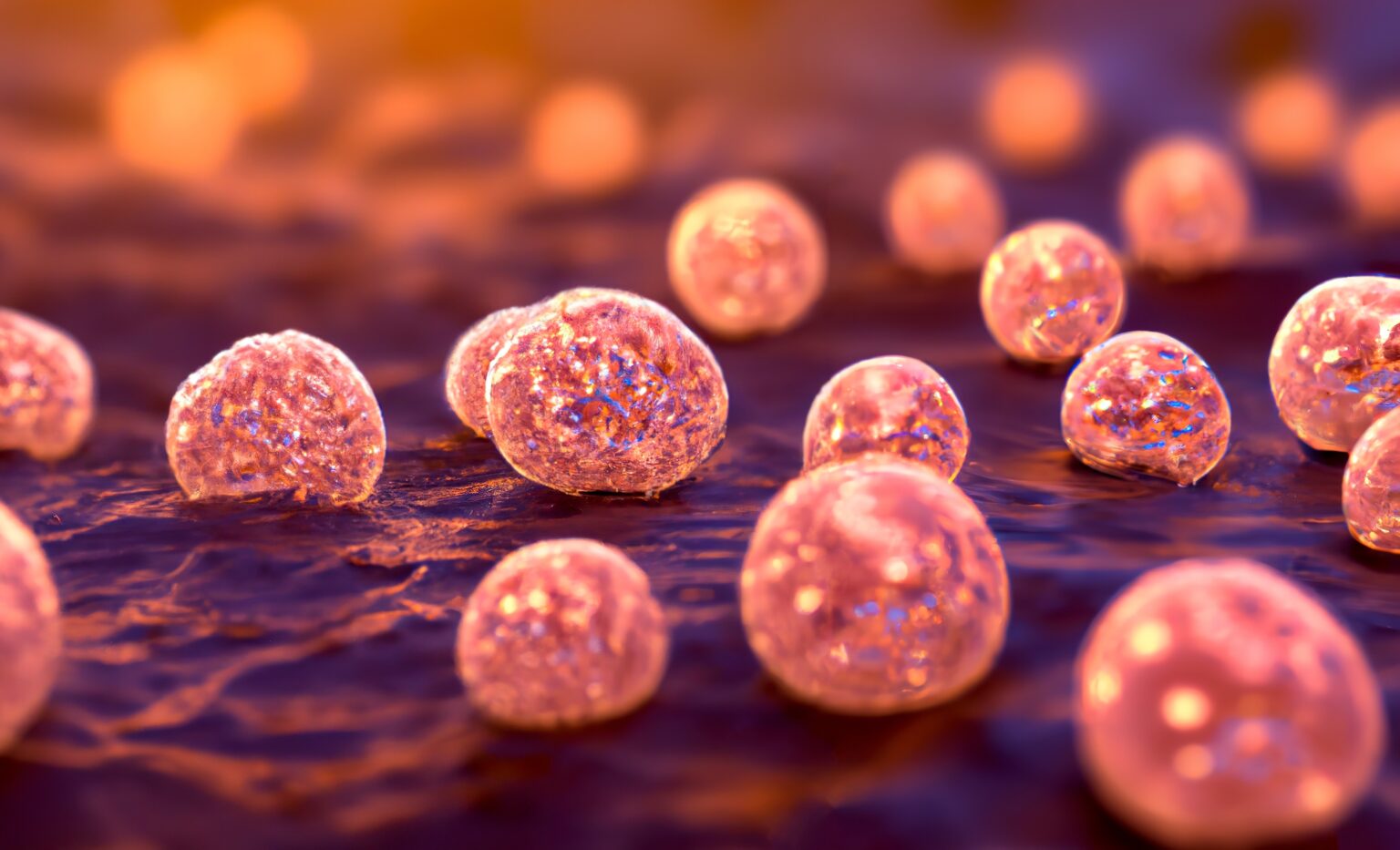
RSV
RSV is a respiratory syncytial virus, a pathogen that causes respiratory infections, including bronchitis and pneumonia. In adults and older children, RSV infections are usually mild and imitate the common cold. However, RSV can cause serious illnesses, and those at risk are primarily infants, especially premature babies, the elderly, those suffering from chronic diseases, or those with a weakened immune system.
RSV infection occurs through droplets, meaning an infant can be infected when a person carrying the virus sneezes or coughs. In adults, the pathogen typically causes relatively mild flu-like symptoms. Unlike adults, children are much more vulnerable to the spread of infections and the development of bronchitis and pneumonia. In the case of infants and small children who are unable to describe their symptoms on their own, the following symptoms may most often be observed, indicating the development of pneumonia:
COVID-19
Pathogens called coronaviruses are a family of viruses that cause respiratory system infections. A new sprain of those germs developed in 2019, which spread throughout the world, leading to the disease called COVID-19. It is believed that most human infections occur primarily through droplets when an infected person coughs or sneezes. The pathogen can also be transmitted when a person touches a surface or object with the virus on it (e.g., saliva of a sick person) and then touches their mouth, nose, or eyes. However, direct contact with an infected person is the main transmission route of SARS-CoV-2.
The symptoms vary from person to person. Some people may not develop any symptoms, meaning they are asymptomatic. Symptoms of infection may include:
Urinary Tract Infection
UTI, short for urinary tract infection, happens a lot and can be caused by different germs including bacteria, fungi, and viruses. It’s a common kind of infection. The common agents causing it include:
The most usual symptoms of UTI include constant urge to pee, burning feelings during urination, cloudy urine, blood in pee, and pain in the lower abdomen.


